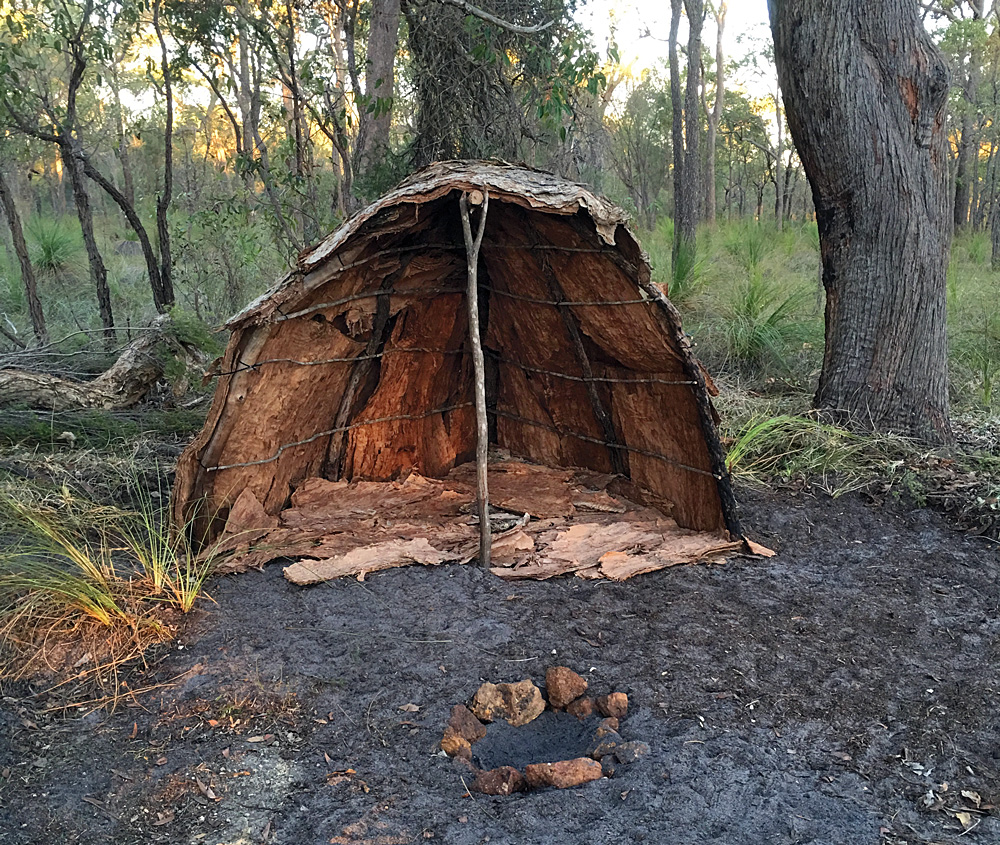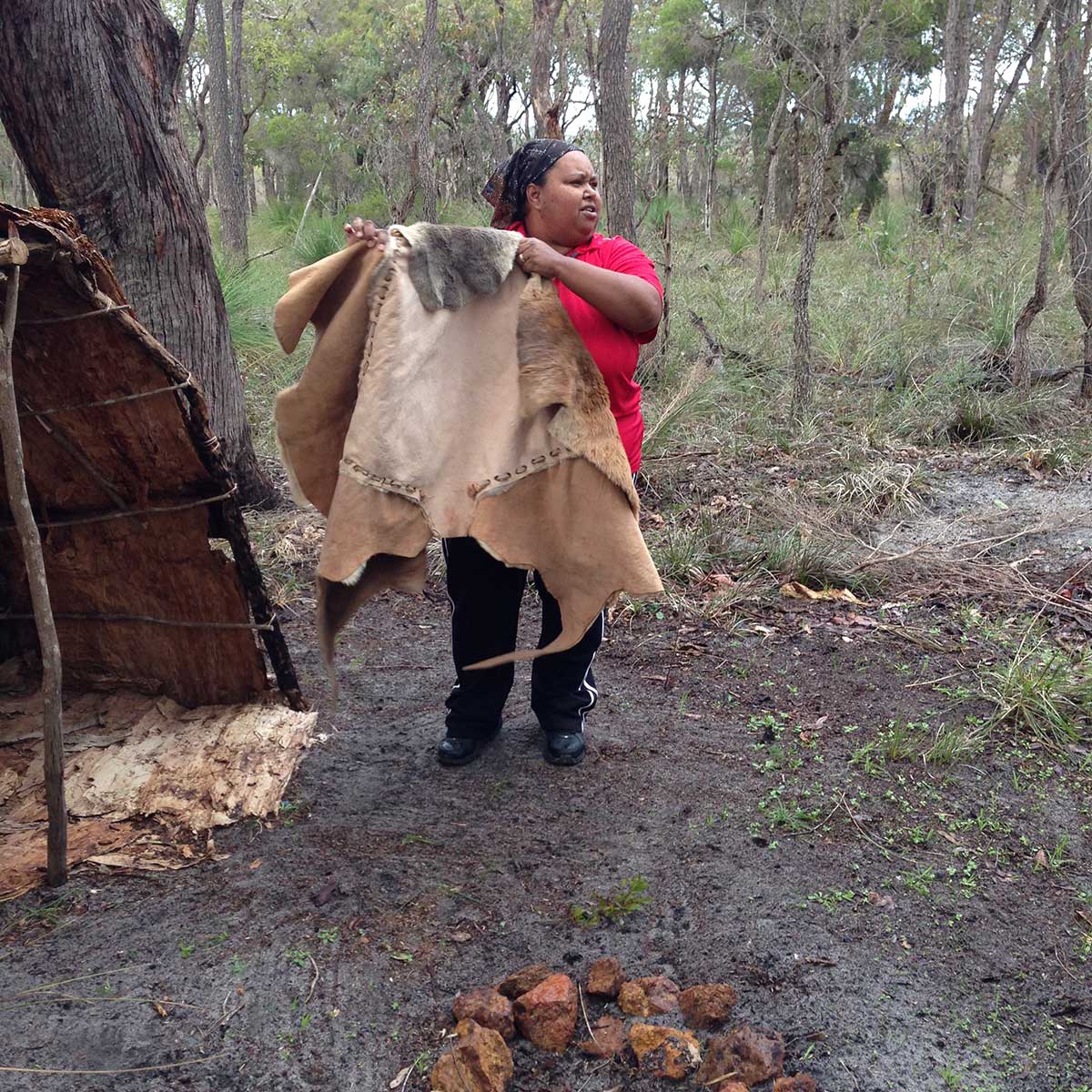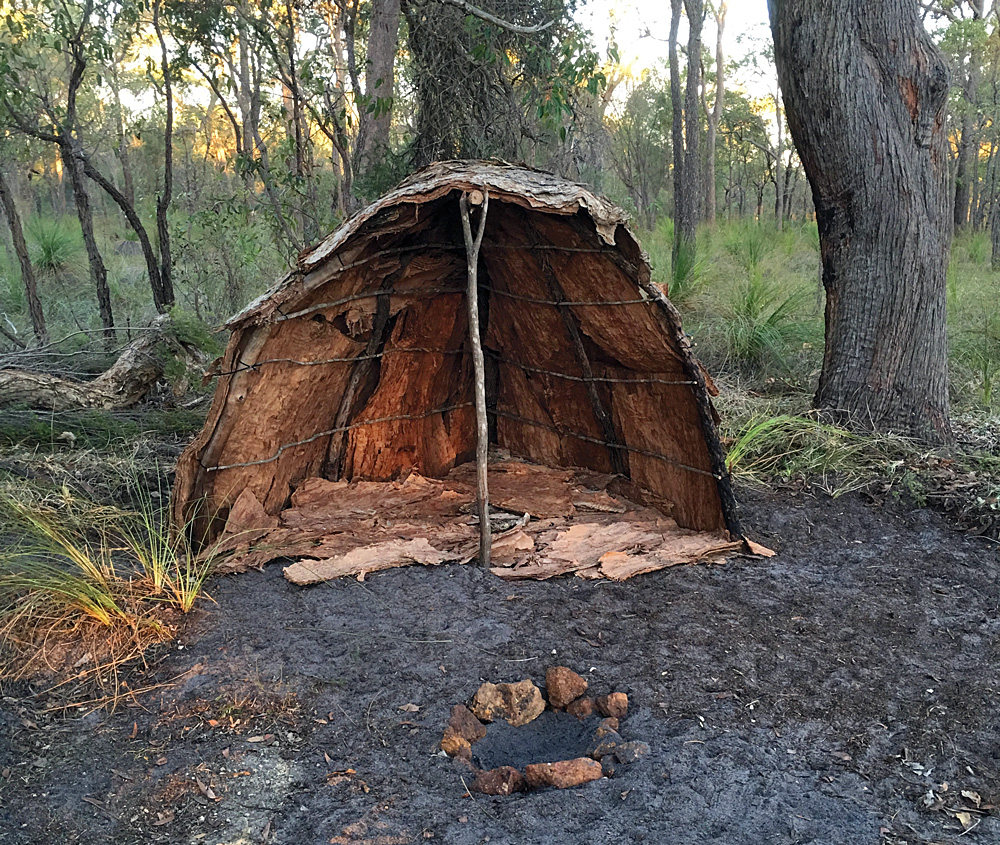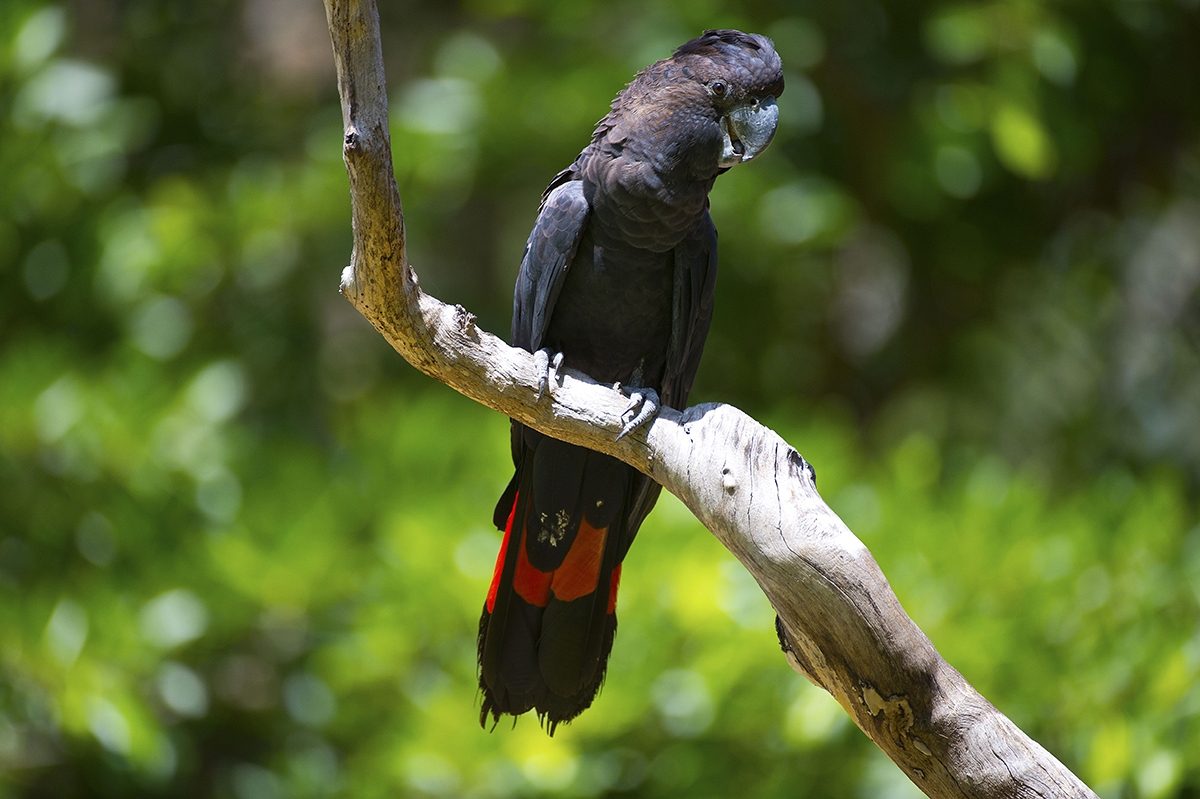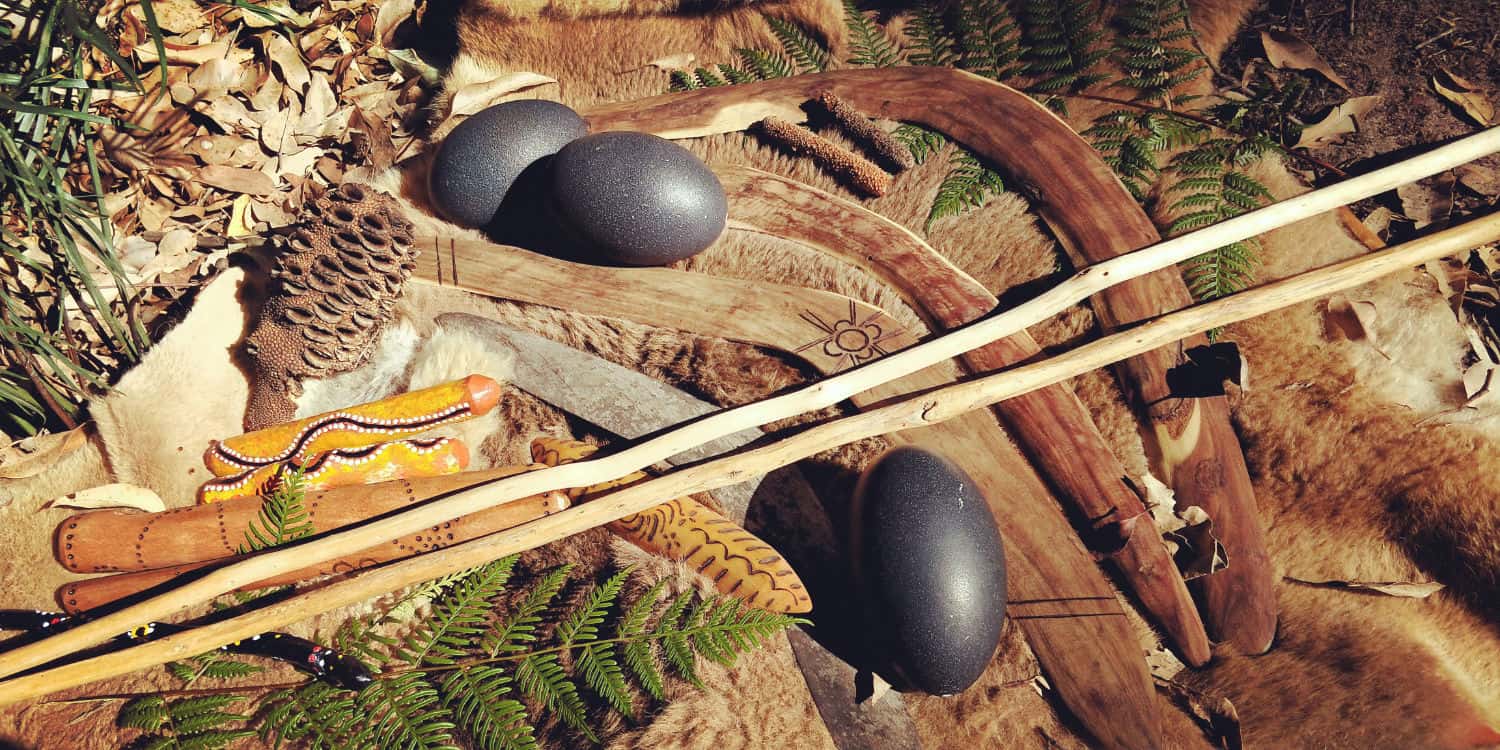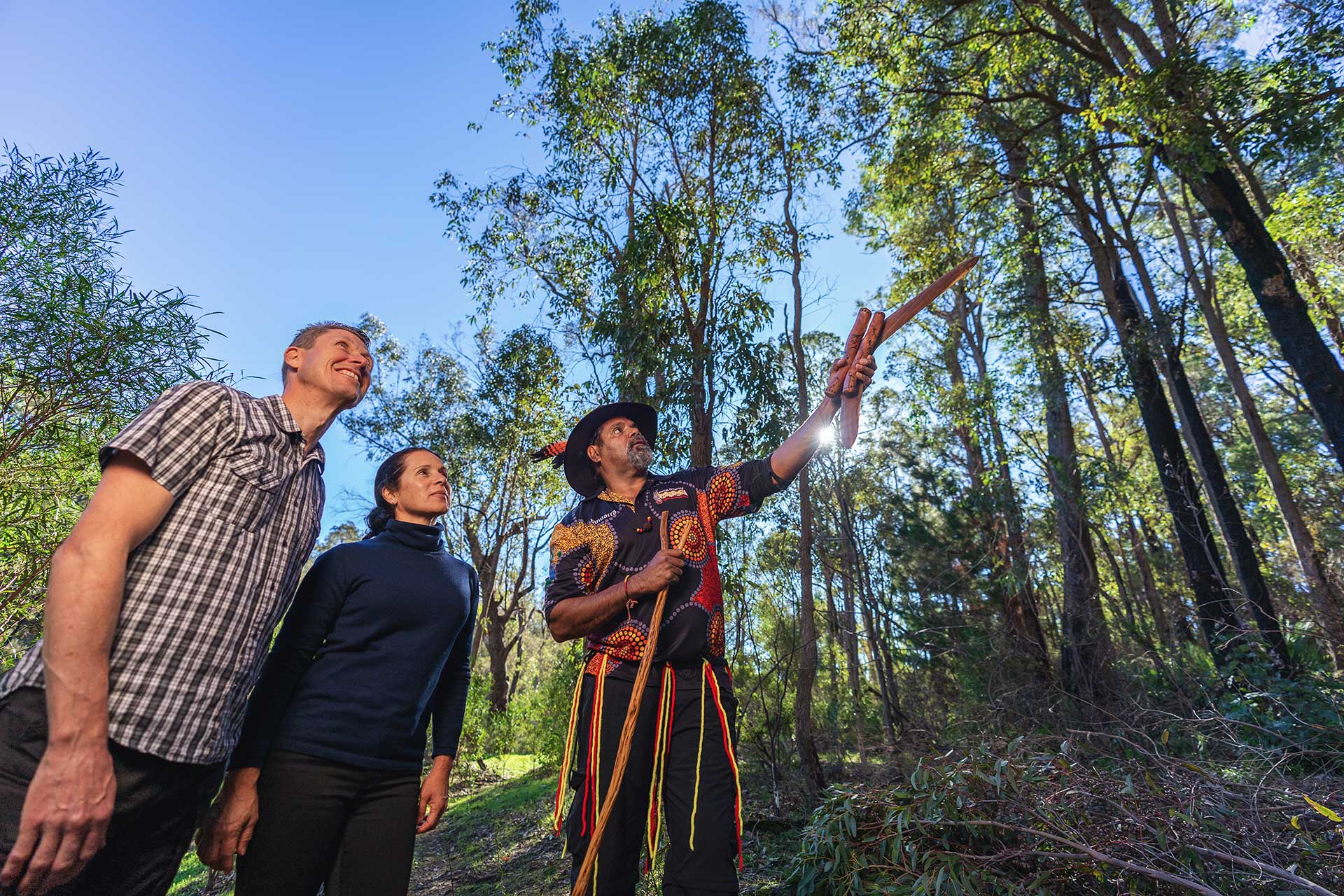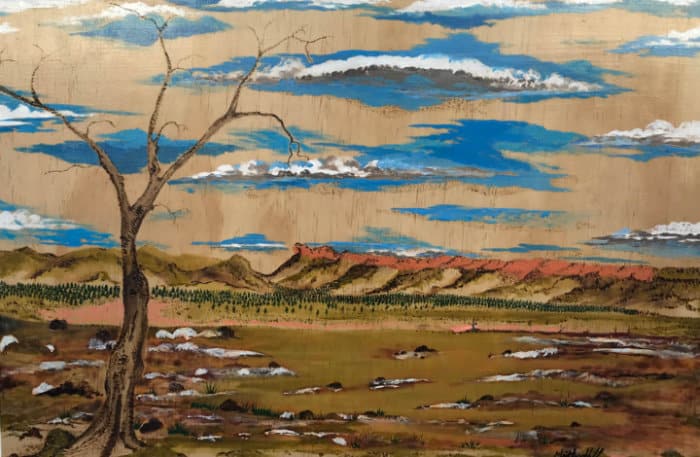The world's oldest living culture
WANDJOO WANDJOO BINDJAREB NYUNGAR BOODJA
Welcome to Bindjareb Nyungar Country
The first people to the region were the Bindjareb people of the Nyungar Nation and it was given its name Pinjarra - meaning “place of swamp”. With the river ways being so rich with fish and other food stock, every year many Nyungar people from surrounding areas (Perth, Brookton, Pingelly, Bunbury and Collie) would come to Pinjarra to share harvest bringing daadja (meat) and other goods for exchange and attend Nyungar Nation meetings sometimes staying months on end.The local Bindjareb people, part of the larger Nyungar Nation, have been its custodian for over 60,000 years.
The Pinjarra Massacre
|
In 1827, Captain James Stirling established the Swan River colony which we know today as Perth, the capital of Western Australia. Not long after this, a settler by the name of Thomas Peel received a land grant to establish a colony in Pinjarra in Bindjareb Nyungar Boodja and along the Bilya Maadjit (Murray River). There was an uneasy peace between the Bindjareb Bilyidar (River) Nyungars and the settlers and misunderstandings and incidents between the two became regular, often escalating to violence. A resistance leader named Calyute from the Bindjareb people began leading raids across the south-west area and in March 1834, led 30 tribesmen in an attack on a flour mill to secure flour as the flour rations which were previously been given to the Bindjareb Bilyidar (River) Nyungars became restricted. A few days after the raid, Calyute and two other Bindjareb Nyungars were arrested over the incident which saw Calyute sentenced to 6 weeks in prison and 60 lashes. Unrest between the Bindjareb people and settlers came to a tragic head on 28 October 1834, which events are known today as the Pinjarra Massacre and one of the most notorious incidents in Aboriginal history. A party from Peel Town, today known as Mandurah, set out on the afternoon of the 27th of October 1834 and headed east from the Peel Town settlement along the banks of the Estuary towards Pinjarra. The party of settlers took up camp for the night on the bank of the Bilya Maadjit (Murray River), just upstream from where the Ravenswood Bridge now stands, and made their way through the swampy terrain between their camp and Pinjarra the following morning. A large group of Bindjareb Nyungars were camped on the Bilya Maadjit (Murray River) with the camp being said to be void of the tribe’s men with the attack being largely on an innocent and defenceless group. It is said that many of the Bindjareb Nyungar men were not at the camp this day or the time of the attack because they were camped near Herron Point and the Peel inlet carrying out initiation rituals with some of the younger males of the tribe. It is not known how many aboriginal men, women and children died, but it is believed that a group of up to 80 Bindjareb Nyungars lost their life on 28 October 1834. |
A Resourceful People
Prior to the arrival of European settlers, the area of Pinjarra was inhabited for thousands of years by the Bilyidar (River) Bindjareb Nyungars who were one of the largest sub-tribes of the Bindjareb Nyungars and were recognised for their physical health. Having been well fed by the rivers, estuary and land where fish and wildlife abounded, the Bindjareb Nyungards were known as highly accomplished fishing people with food was collected from the estuary and river systems and included a wide variety of reptiles as well as birds, eggs, frogs, fish, tortoise, marron, jilgies and coonacs using a combination of techniques ranging from gidgying (spearing), netting and hand seizing to secure their catch.
Maximising their access to resources without overly exploiting or damaging food sources, the Bindjareb Nyungars practised sophisticated land management through combining ‘fire stick farming’ methods and other hunting and food gathering techniques. Trade was an important aspect of economic survival for the Bindjareb Nyungars who traded with neighbouring groups with exchanges as far as the Gascoyne occurring with the Nyungars being renowned for their craftsmanship in fashioning a variety of hunting and ceremonial items like for example the strong and straight throwing gidgee-borryl (quartz edged spear).

